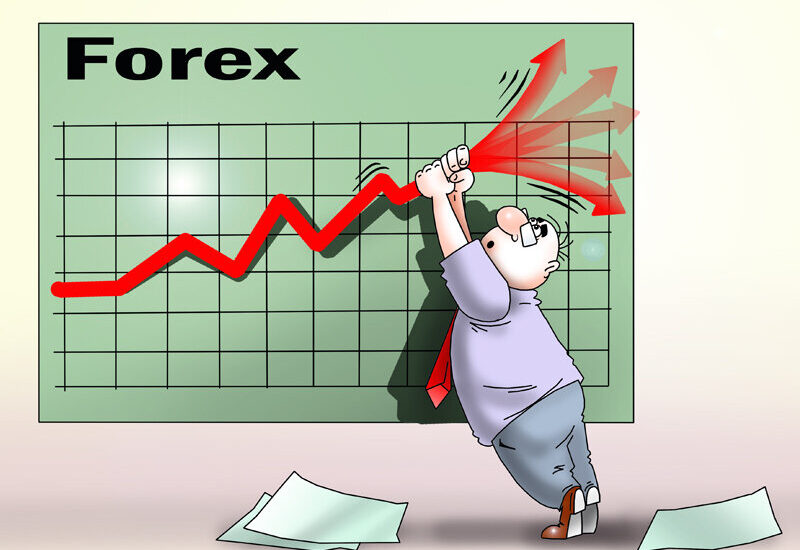Adaptive indicators and how to work with them
In the world of trading and financial markets, technical analysis plays one of the key roles. Indicators help traders make decisions based on various mathematical calculations and historical data. However, not all indicators are equally effective in all market conditions. This is where adaptive indicators come to the rescue – tools that can adapt to changing market conditions. In this article, we will tell you what adaptive indicators are and how to work with them.
What are adaptive indicators?
Adaptive indicators are special tools that change their parameters depending on the current market situation. Unlike standard indicators that use fixed values and do not take into account market volatility, adaptive indicators can “adapt” to the peculiarities of price movement.
The principle of adaptive indicators is to take into account market dynamics, changing their parameters in response to changes in volatility or trend. This allows such indicators to more accurately reflect current market conditions and, as a result, provide more relevant signals to traders.
One of the most popular adaptive indicators is the Hill Moving Average (HMA), which improves on the standard moving average, making it faster and more flexible in changing market conditions.
Advantages of Using Adaptive Indicators
Adaptive indicators have several distinct advantages that make them popular among traders, especially in highly volatile markets such as Forex.
- Accounting for market volatility. Standard indicators cannot always accurately reflect the real picture, as they do not take into account changing market conditions. Adaptive indicators automatically adjust to market volatility, making them more relevant to current conditions.
- Accurate signals. Adaptive indicators can give more accurate buy or sell signals. This is because they can adjust their parameters based on current prices and trends, which helps traders make more informed decisions.
- Fewer false signals. In flat or indecisive market conditions, standard indicators can generate many false signals, which leads to losses. Adaptive indicators help to minimize this risk by adjusting their parameters and reducing the number of unreliable signals.
How to use adaptive indicators in trading?
Working with adaptive indicators does not require much effort, but it is important to consider several key points in order to use them most effectively in your trading.
- Choosing the right indicator. There are many adaptive indicators on the market, each of which is suitable for certain conditions. For example, if you are trading in a highly volatile market, it is better to use indicators that effectively respond to such changes, such as adaptive moving averages. In the case of trading in a sideways trend, it is better to use indicators that help identify patterns and reversals.
- Adjust the parameters to market conditions. Although adaptive indicators automatically change their parameters depending on the market, it is important to adjust them to suit your trading style. For example, if you prefer short-term trading (scalping), indicators that respond to rapid changes will suit you. For long-term positions, “slower” adaptive indicators may be useful.
- Using in combination with other tools. Adaptive indicators are most effective when combined with other technical analysis methods. For example, you can combine them with support and resistance levels or price patterns to confirm signals.
- Monitoring the results. Once you have started using adaptive indicators, it is important to monitor their results. If you notice that the indicator is not giving the desired signals or is redrawing too often, you may need to change its parameters or try another indicator.
Conclusion
Adaptive indicators are a powerful tool for traders who want to improve the accuracy of their trading decisions and work effectively in volatile markets. They allow you to adjust to the current market situation, reduce the number of false signals and provide more accurate forecasts. However, as with any other tool, it is important to choose the right indicator, customize it to your needs and combine it with other analysis methods. Using adaptive indicators correctly will help you make more confident and informed decisions, which will ultimately increase your profitability in the financial markets.



